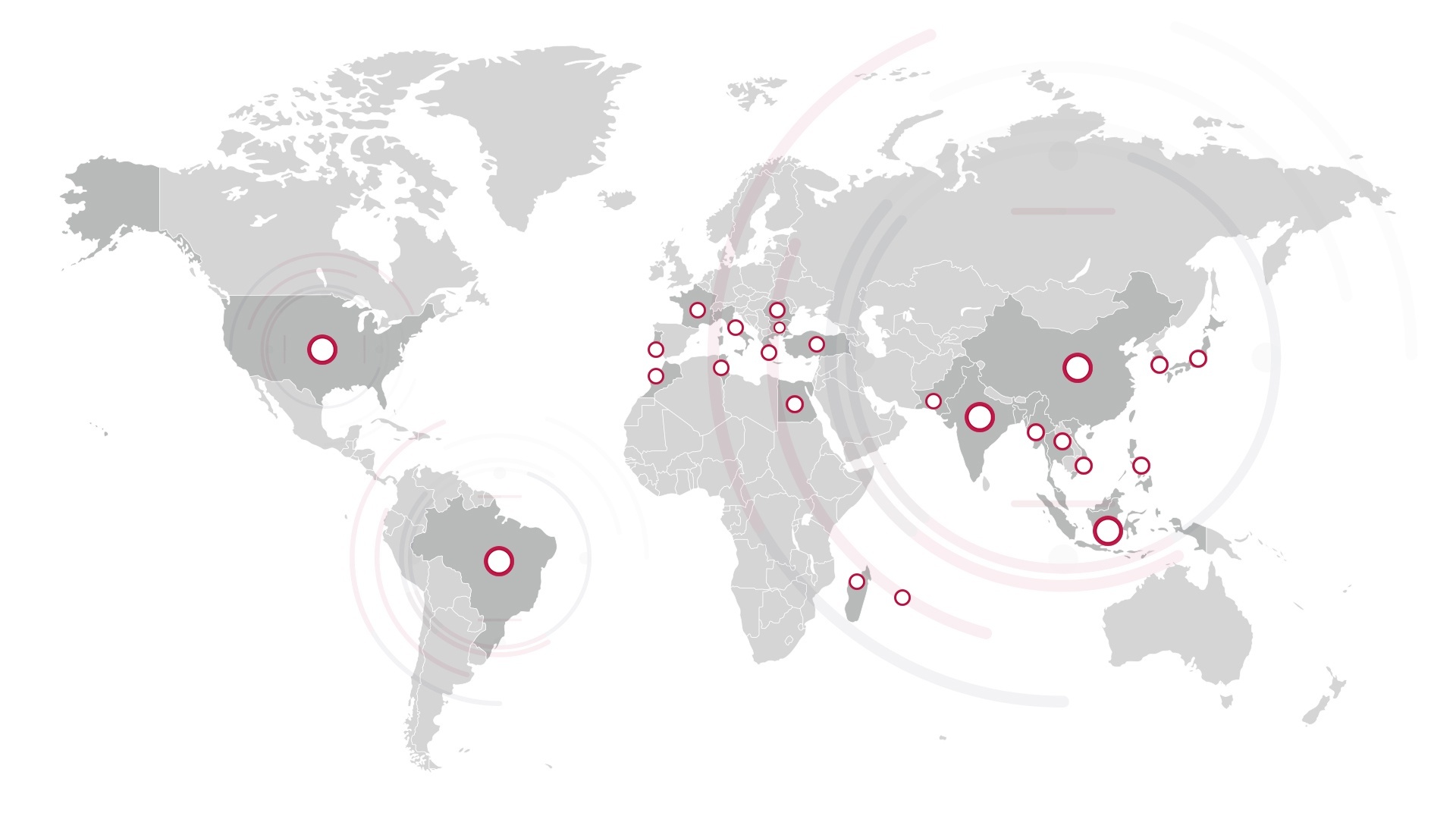Buying offices are a crucial part of ensuring the best quantity, quality, and price for finished products and their manufacturing materials. However, most buying departments assess quality at the final stage of production, when the product is almost ready to exit the factory, with limited benefits.
While final inspections can also help guarantee packaging requirements and assess components like fabric, accessories, trims, and labels, this is only a reactive approach to quality. If issues and defects are identified too late in the game, your goods may not be shipped to your destination markets due to a lack of compliance. Or, if they are sold in these markets, shoppers may question the quality, leading to returns and risking customer loyalty in a hypercompetitive market.
Risks at Every Step of the Supply Chain
Risks can arise all along the supply chain, from sourcing to development to final production. The textile supply chain is complex because it involves:
- Many different actors that are not always known to the brand; for example, a brand may lack visibility with their tier-1 suppliers or the suppliers may practice unauthorized subcontracting.
- Numerous steps; for example, a typical pair of running shoes comprises 65 parts that take more than 360 steps to assemble.
These are some of the common risks that could occur in your supply chain, leading to poor raw materials selection and a finished product that fails to meet your brand’s quality and compliance requirements or your clients’ expectations:
Sourcing
- Lack of visibility of raw materials origin, lot number
- Bad storage condition, leading to mold development
- Wrong care label
- Lack of testing
Development
- Lack of technical file
- Lack of sampling room
- Improper or no quality process
- Wrong patterns, fitting
Production
- No production understanding
- Workers’ limited technical capabilities
- Old machinery
- Unsafe working environment.
Quality KPIs that Improve Supply Chain Performance
To avoid these issues, quality key performance indicators (KPIs) can give buying offices a clearer understanding of their supply chain, leading to improved quality both before and during production and more effective buying decisions.
These quality KPIs stem from a range of solutions, from fiber to fabric to finished product. With multiple benefits for the buying process, they help you understand and assess your suppliers’ performance while giving greater visibility to your product provenance.
Optimization of Orders Placement, Streamlining and Price Negotiation
Visibility over your pool of suppliers, and identification of their respective levels of performance and product typologies, allow you to rank them and streamline your ordering to favor the top performers.
→practically: mills & factories technical audit and scoring
Increased Supplier Productivity & Reduced Wastage
Ensure that your suppliers have enough qualified, trained manpower and sufficient production lines to handle orders. Secure planning, production flows and risk management, from sampling to bulk delivery.
→ practically: productivity audit
Fewer Returns In-Store Due to Raw Materials
Using top-notch raw materials reduces wastage, ensures fewer issues, and guarantees faster work when making the garment. It also reduces in-store returns linked with defective raw materials such as shrinkage, holes, and colorfastness.
→ practically: yarn, fabric, and other raw materials inspection
Addressed Compliance Requirements Regarding Traceability
Track and document the chain of custody, from raw materials to the finished product, to reduce the risk of compliance failures, harmful brand exposure, and product recalls.
→ practically: traceability solutions
Good Working Environment = Better Overall Performance
Make sure workers are treated well and paid accordingly. Ensure hygiene, security, ergonomics, training, and management support.
→ practically: social audit, capacity evaluation
With a global network of local textile technicians, and engineers located in primary manufacturing production hubs, SgT can help you identify how quality can improve your buying decisions. Contact our experts today.
To learn more, contact our experts today.



